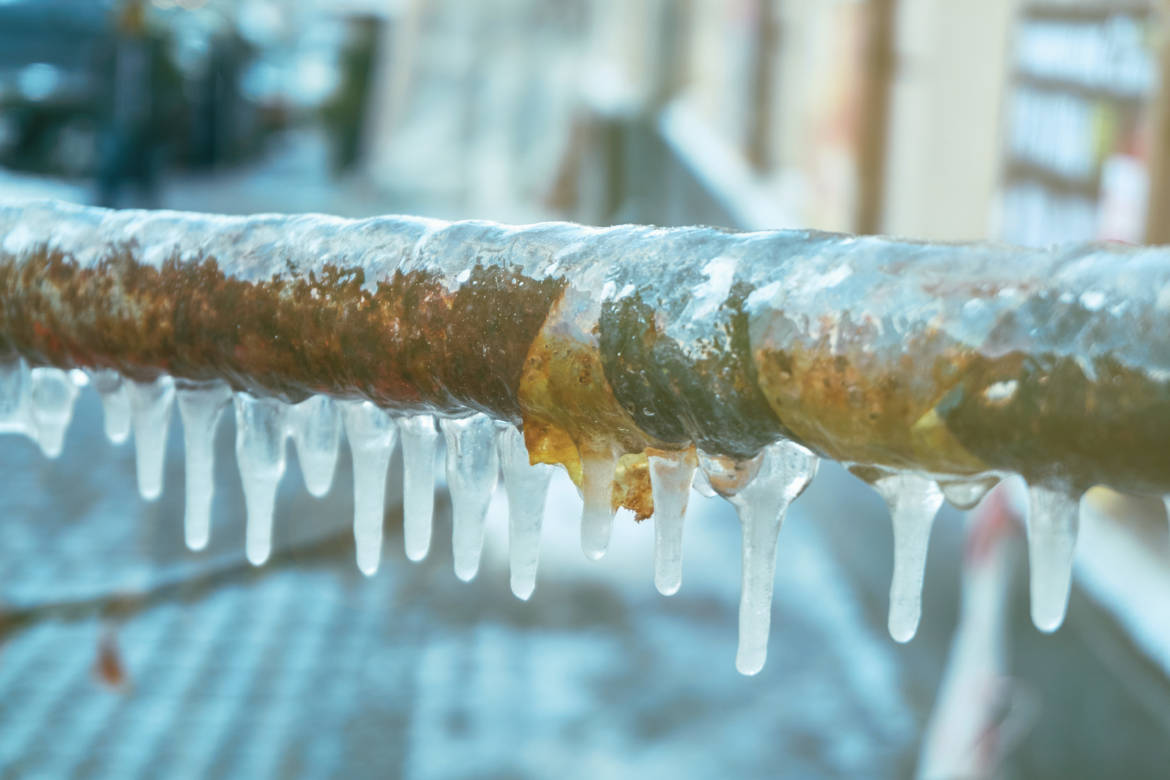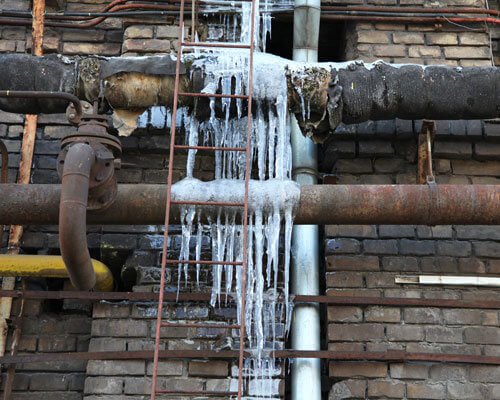Shielding Your Pipes from Cold Weather Issues: Key Approaches
Shielding Your Pipes from Cold Weather Issues: Key Approaches
Blog Article
We have stumbled on this great article on How to prepare your home plumbing for winter weather directly below on the net and figured it made sense to relate it with you on this page.

Cold weather can wreak havoc on your plumbing, especially by freezing pipelines. Below's how to prevent it from happening and what to do if it does.
Introduction
As temperatures decrease, the danger of icy pipelines boosts, possibly causing pricey fixings and water damages. Comprehending how to avoid frozen pipelines is essential for home owners in cool climates.
Avoidance Tips
Protecting at risk pipes
Cover pipelines in insulation sleeves or utilize heat tape to safeguard them from freezing temperature levels. Concentrate on pipes in unheated or external areas of the home.
Home heating methods
Keep interior spaces properly heated, especially locations with pipes. Open up cabinet doors to permit warm air to circulate around pipes under sinks.
Just how to determine icy pipelines
Search for lowered water flow from faucets, uncommon smells or sounds from pipes, and visible frost on subjected pipelines.
Long-Term Solutions
Architectural adjustments
Think about rerouting pipes away from outside wall surfaces or unheated locations. Include added insulation to attic rooms, cellars, and crawl spaces.
Updating insulation
Buy high-quality insulation for pipes, attic rooms, and wall surfaces. Correct insulation aids preserve constant temperatures and decreases the risk of icy pipelines.
Securing Outside Plumbing
Yard pipes and outside faucets
Detach and drain pipes garden pipes prior to winter. Set up frost-proof spigots or cover outside faucets with insulated caps.
Understanding Frozen Pipes
What triggers pipelines to freeze?
Pipes ice up when exposed to temperature levels below 32 ° F (0 ° C) for prolonged periods. As water inside the pipes freezes, it increases, taxing the pipe wall surfaces and possibly causing them to rupture.
Dangers and damages
Icy pipes can result in water interruptions, building damage, and pricey repair work. Burst pipelines can flooding homes and create considerable structural damages.
Signs of Frozen Pipes
Identifying frozen pipes early can stop them from breaking.
What to Do If Your Pipelines Freeze
Immediate activities to take
If you presume frozen pipes, maintain taps available to eliminate pressure as the ice melts. Make use of a hairdryer or towels taken in hot water to thaw pipes gradually.
Final thought
Preventing icy pipes requires aggressive measures and quick actions. By recognizing the causes, indications, and safety nets, homeowners can safeguard their pipes throughout winter.
5 Ways to Prevent Frozen Pipes
Drain Outdoor Faucets and Disconnect Hoses
First, close the shut-off valve that controls the flow of water in the pipe to your outdoor faucet. Then, head outside to disconnect and drain your hose and open the outdoor faucet to allow the water to completely drain out of the line. Turn off the faucet when done. Finally, head back to the shut-off valve and drain the remaining water inside the pipe into a bucket or container. Additionally, if you have a home irrigation system, you should consider hiring an expert to clear the system of water each year.
Insulate Pipes
One of the best and most cost-effective methods for preventing frozen water pipes is to wrap your pipes with insulation. This is especially important for areas in your home that aren’t exposed to heat, such as an attic. We suggest using foam sleeves, which can typically be found at your local hardware store.
Keep Heat Running at 65
Your pipes are located inside your walls, and the temperature there is much colder than the rest of the house. To prevent your pipes from freezing, The Insurance Information Institute suggests that you keep your home heated to at least 65 degrees, even when traveling. You may want to invest in smart devices that can keep an eye on the temperature in your home while you’re away.
Leave Water Dripping
Moving water — even a small trickle — can prevent ice from forming inside your pipes. When freezing temps are imminent, start a drip of water from all faucets that serve exposed pipes. Leaving a few faucets running will also help relieve pressure inside the pipes and help prevent a rupture if the water inside freezes.
Open Cupboard Doors
Warm your kitchen and bathroom pipes by opening cupboards and vanities. You should also leave your interior doors ajar to help warm air circulate evenly throughout your home.

Do you like reading about How To Avoid Freezing Pipes? Put a comment below. We will be happy to find out your opinions about this piece. In hopes that you visit us again in the future. If you please take a moment to share this post if you liked it. We take joy in reading our article about How To Avoid Freezing Pipes.
Get Offer Report this page